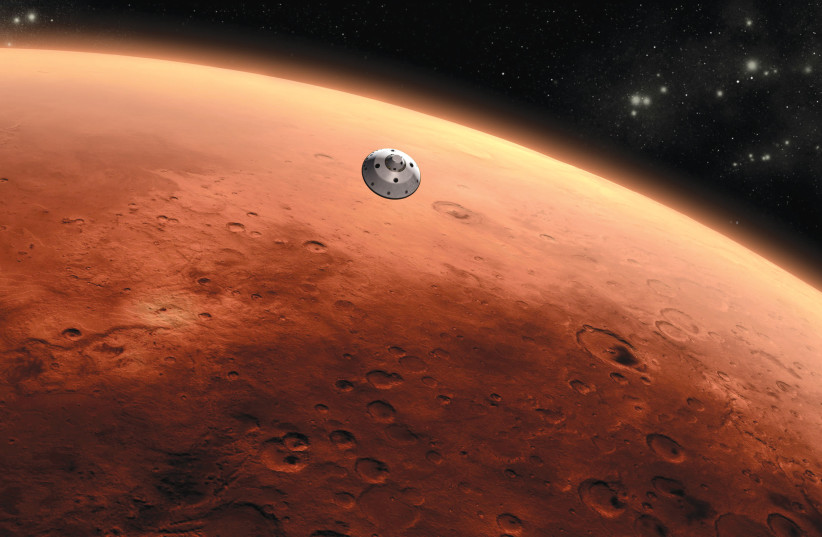Scientists looking for alien life have a big advantage, according to a new study. They can now find traces of extraterrestrials in individual grains of ice ejected into space.
The researchers focused their study on Jupiter's moon Europa and Saturn's moon Enceladus. Both are icy and are thought to have large subsurface oceans. They also emit plumes of ice grains and gas from that undersea water into space.
The study findings were published in the peer-reviewed academic journal Science Advances.
A cold new discovery: Finding life on alien moons
While the discovery of life on Mars has been tantalizing for decades, some of the most feasible options for inhabited bodies in space are the icy moons of the solar system's gas giants.

In particular, the moons of Jupiter and Saturn are thought to hold considerable potential. Both are large ice-covered moons long thought to have oceans of liquid water under the surface.
Both moons emit plumes of gas and ice grains into space. In Enceladus's case, those plumes are strongly believed to come from liquid ocean water rather than some small reservoir, based on data from NASA's Cassini probe.
There are more moons like Enceladus and Europa, too, with the gas giants of Jupiter, Saturn, Neptune, and Uranus all having dozens of moons each.
Not only that but there remains the possibility of moons throughout the galaxy and beyond. While it is true that no moons have ever been discovered outside the solar system, scientists are still sure that they exist.
Now, the problem with finding life on these moons is that the oceans are all deep below the surface, and those oceans would be where the aliens would be living.
So, to find out what was in that ocean—short of drilling with a probe, which is very expensive and will take a long time to send there—the only real option is to study those plumes.
But would those plumes even have enough material to give evidence of life?
That is what this study sought to answer, and the conclusion was that yes, they do.
Researchers study the closest alternative to space ice that can be found on earth
The researchers - composed of scientists from NASA, the University of Leipzig, the University of Washington, The Open University in the UK, and the University of Colorado, Boulder - decided to study the bacterium Sphingopyxis alaskensis, which lives in the icy waters near Alaska. With so few nutrients feeding it and so small, this cold-suited lifeform is an ideal candidate for this study, as it is the best idea of what life on Enceladus or Europa might look like.
But could this small bacteria be detected in a single grain of ice? The researchers concluded that yes, it could. So if it was inhabiting the oceans of Enceladus and was caught in an ice plume, we may be able to tell.
Supporting this further is that bacteria like Sphingopyxis alaskensis often have their cells encased in a type of membrane in water. This has led to them on Earth becoming part of ocean scum, something that helps lead to the ocean's smell and sea spray.
On Enceladus or Europa, they could theoretically do very much the same thing.
"We here describe a plausible scenario for how bacterial cells can, in theory, be incorporated into icy material that is formed from liquid water on Enceladus or Europa and then gets emitted into space," explained lead researcher Fabian Klenner of the University of Washington in a statement.
Now, what's needed is to test this, and future missions are set to do exactly that.
NASA's Europa Clipper mission will be equipped with the Surface Dust Analyzer (SUDA), which can sample 10,000 to 100,000 different individual ice grains.
Europa Clipper is set to launch in October 2024 and will arrive at its destination in 2030. If life is on Europa, as famously depicted in 2001: A Space Odyssey, then maybe we can find out.
